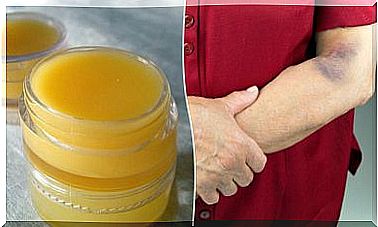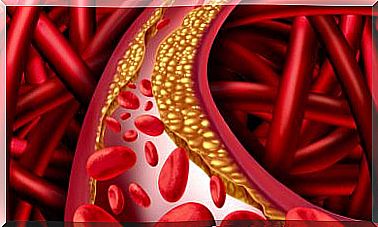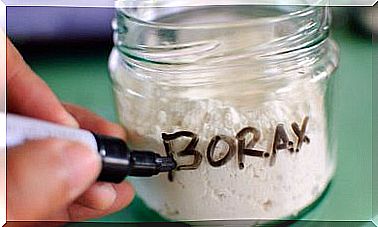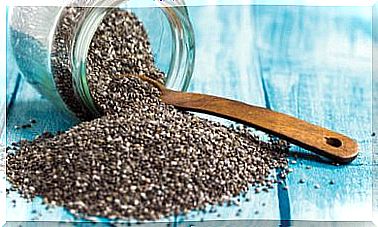Is Talcum Powder Linked To Ovarian Cancer?
Possibly all of us, at some point, have used talcum powder or other products that contain it. Talc is used in many industries, as it is used to make cosmetics, face powders, and even baby-care powders. However, recent studies have found that the excessive use of these types of products is linked to ovarian cancer due to some of its components.
What is talcum powder?
Talcum powder is made primarily of talc, which is magnesium silicate (made up of silicon, magnesium, oxygen, and hydrogen). In its natural form, talc contains a toxic substance called asbestos, which, according to various investigations, could affect the appearance of different types of cancers. Since 1970, talcum powder has been free of asbestos in the United States, thanks to federal rules and regulations.
Talc is currently used in many ways in the industry, as it is a base ingredient in women’s cosmetic products and many others on the market. This product is often used to absorb excess moisture, keeping skin dry and rash-free. Due to this property of talc, many women consider it to be a good product for feminine hygiene, since it keeps zone V dry and free of bad odors.
However, the American Cancer Society warns that several investigations have determined that there could be a relationship between talcum powder placed in the genital area and the development of ovarian cancer. These studies coincide in saying that, by using talcum powder in this area of the body, it can travel through the uterus, fallopian tubes and ovaries, causing inflammation in the woman’s body, at the same time as creates a perfect environment for cancer cells.
The talcum powder that is applied to babies can also affect the appearance of ovarian cancer in an older age, since the talc particles that travel through the female reproductive system can last for many years in the ovaries, so They would help create an ideal environment for cancer cells that will later lead to this serious disease.
An investigation carried out in 1971 was able to determine that talc particles were found in 75% of the ovarian tumors that were the object of the study. In another investigation that was carried out in 8 different countries by 19 researchers, it was possible to determine that there is a risk of ovarian cancer of 30 to 60% in those women who use talc in their genital area.
One of the most recent studies, published in 2013, confirmed again that there is a relationship between the use of this product in the genital area and ovarian cancer. While the conclusions specify that more evidence is required, the findings were able to determine that there is a moderate 20-30% increased risk of developing epithelial ovarian cancer, including serous, endometrioid, and clear cell tumors.
Although the American Cancer Society has already issued several warnings about the risk of using talcum powder for its link to ovarian cancer, the Food and Drug Administration (FDA) has not yet withdrawn this product from the market or, at least, has not forced manufacturers to put on the label the risk that its long-term use may have, especially if it is put in the genital area.
Talcum powder usage warnings
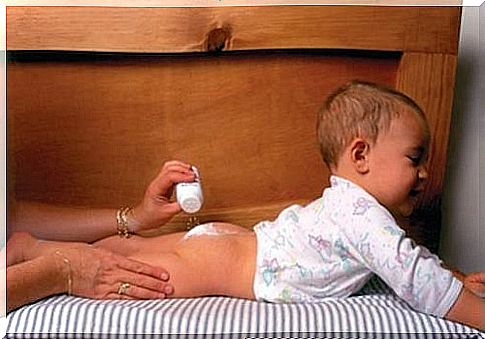
After gathering the results of several investigations from around the world regarding the use of talcum powder, many health entities and even talcum brands have decided to warn about the use of this product.
The American Academy of Pediatrics no longer recommends the use of baby powder for the treatment and prevention of diaper rash. This decision was made after learning that talcum powder can cause damage to the baby’s lungs and serious respiratory problems.
The Johnson & Johnson Baby Powder Baby Powder label warns that the product should only be used externally, and that its use on broken skin, as well as contact with the eyes and the nose area, should be avoided because it can cause breathing problems.
The Cancer Prevention Coalition proposes that all talcum products carry a label warning of their relationship to increased risk of ovarian cancer: “Frequent application of talcum powder to a woman’s genital area substantially increases the risk of ovarian cancer ”.
Summarizing…
Currently, there are several studies that support the relationship between the use of talcum powder in the genital area and ovarian cancer. For this reason, both health entities and manufacturers of the product have begun to warn consumers. Although more evidence is required, it is best to avoid use in the indicated area.

